10 Classic Kids Movies With Hidden Meanings
When you were a kid, all this stuff probably went straight over your head. But now you’re all grown up, did you realise what your childhood favourite movies were actually really trying to tell you all along?
'Who Framed Roger Rabbit’ (1988)
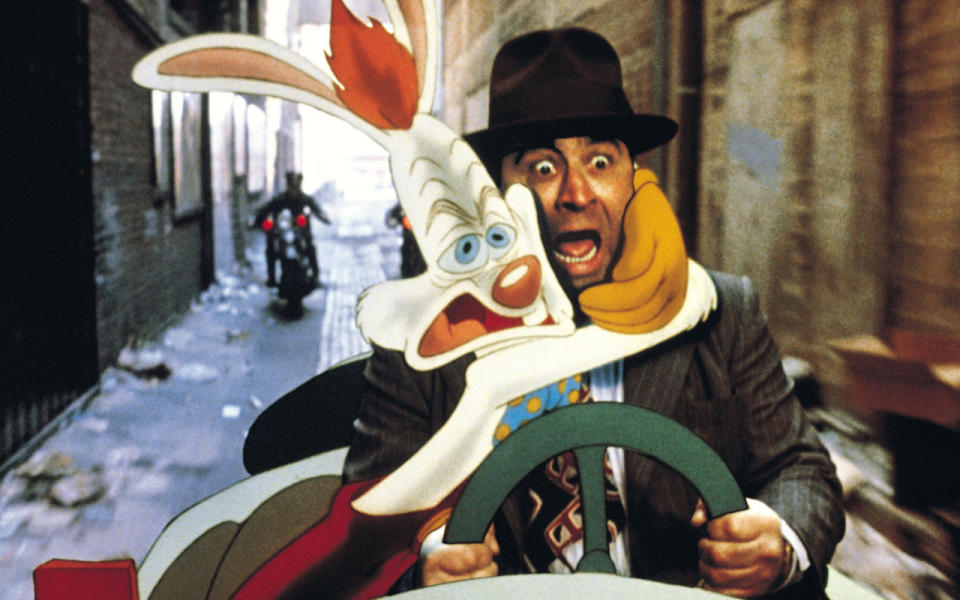
What’s it about? A world where humans and cartoons co-exist, in which an animated rabbit on the run requests the help of a prejudiced and alcoholic ex-PI to clear his name.
What’s it really about? Racism and segregation.
What, really? It’s not that much of a stretch: ‘Who Framed Roger Rabbit’ is set in a world of segregation, where man and toon do not mix - it can easily be read as an allegory for the mid-century treatment of African-Americans in the United States. Think about it: all the toons live in their own separate area, Toontown; those who are seen in Hollywood are entertainers (think Sammy Davis Jr); the brewing dislike between the two groups is a political pressure cooker and the 1940s setting is further fuel for the theory. The clincher: there are no black actors in the human cast.
'The Brave Little Toaster’ (1987)
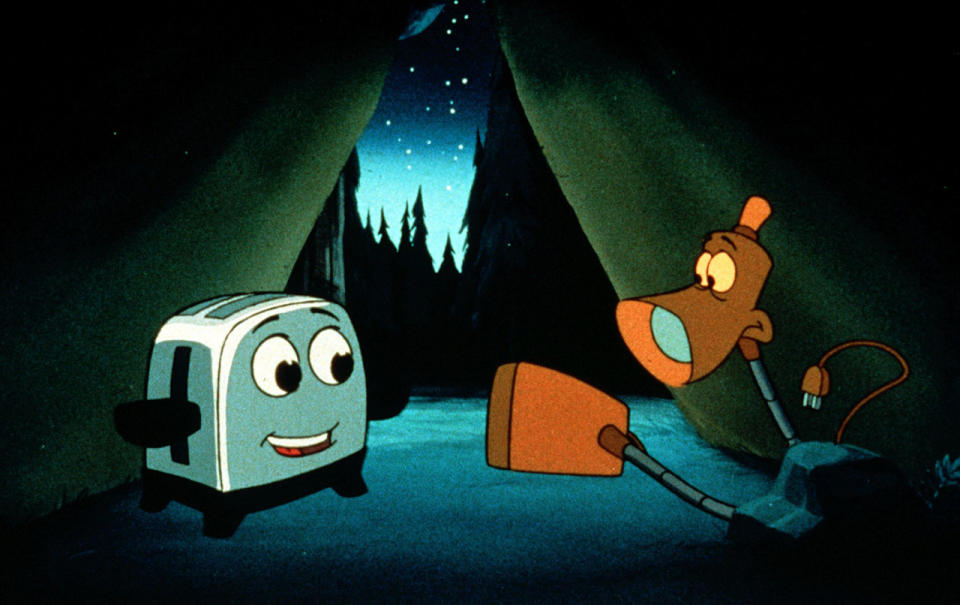
What’s it about? Five household appliances – including a toaster, a radio and a vacuum cleaner – are left alone in the woods and set off to find their master.
What’s it really about? The afterlife.
What, really? This is about as dark as kids’ movies get: not only does the film feature several sequences which chilled an entire generation of children to the bone (the car crusher, the 'suicide’ attempts, the evil clown nightmare), it’s essentially about the acceptance of death and the hereafter. Set adrift, Toaster and pals seek their master, who is clearly a metaphor for God. The journey they embark on is packed with Christian allegories (repair = resurrection) and the characters even sing a song called “City of Light”, with lyrics like “Let us meet the master” and “He will open up the gate”.
'Toy Story 3’ (2010)
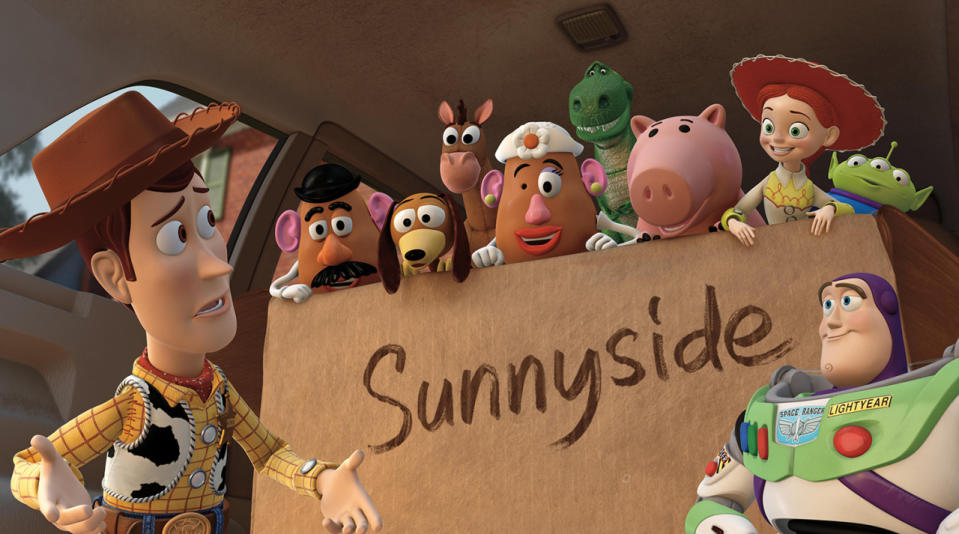
What’s it about? The toys who come to life when your back is turned, and what happens to them when you grow old and leave them behind.
What’s it really about? The holocaust, obviously.
What, really? It’s a fairly extreme interpretation of Pixar’s otherwise cuddly toy movie, granted, but you have to admit, the parallels are interesting. In the theory, the toys represent the Jews, left behind when Andy goes to college, or forgotten when the Third Reich advances across Europe. Buzz suggests sanctuary in the attic, à la Anne Frank. They wind up at Sunnydale, a daycare centre which is similar to a concentration camp, run by other toys who lead the gang to their doom. The final solution? The furnace. It’s a grim way to process the movie, but Pixar like their metaphors – and hey, multiple animators from 'The Brave Little Toaster’ worked on 'Toy Story 3’, so you never know.
'Spider-Man’ (2002)

What’s it about? Average high school kid Peter Parker is bitten by a radioactive spider and gains fantastic new abilities which he uses to fight crime.
What’s it really about? Puberty.
What, really? Oh yeah. This one is a no-brainer. Peter is of high school age: he’s shy and awkward with girls. Suddenly, an event occurs which makes his body change in strange and confusing ways. Now he’s stronger - not a boy but not yet a man - and he’s facing new and scary responsibilities. Oh, and there’s the small matter of the sticky white fluid that shoots out of his body. Subtle, no? Never mind sticking your kid in Sex Education class: just show him a box set of Sam Raimi body horror movies.
'The Wizard Of Oz’ (1939)
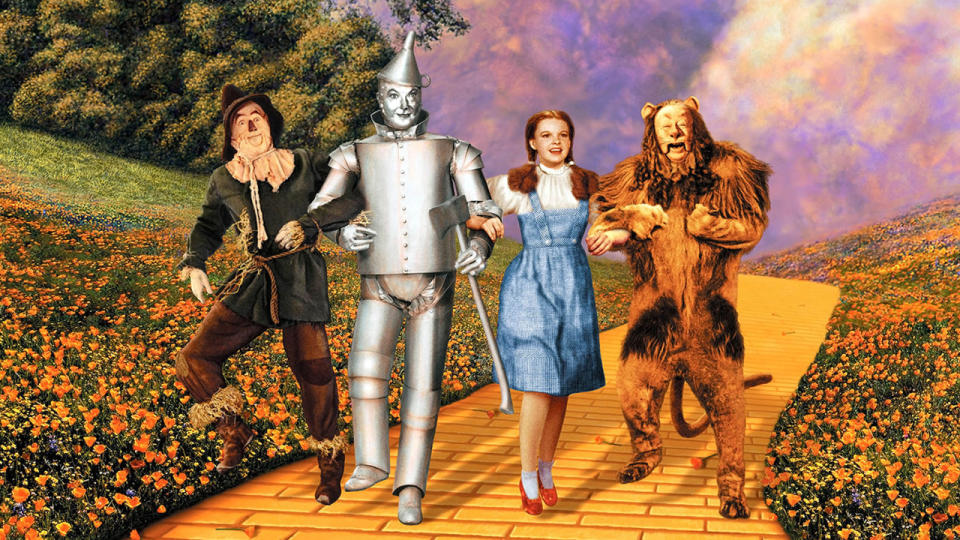
What’s it about? A young girl is whisked away to a fantasy land, where she joins a quest with a Tin Man, a Scarecrow and a Cowardly Lion.
What’s it really about? The American economy.
What, really? Yes, if you believe what historian Quentin Taylor has to say – and why not? He asserts that Frank L Baum’s original Oz stories are allegories for the state of America in the 1890s, with commentary on the social, political and economic upheaval of the time. The Yellow Brick Road, for example, is a metaphor for the gold standard; at the end of the road lies the Emerald City, green, the colour of money. Furthermore, Taylor supposes that the Dorothy represents the American everyman, the Scarecrow represents America’s farming contingent, the Tin Man represents the steel industry and the Cowardly Lion is a stand-in for William J Bryan, Democratic politician and enemy of the banks. Think of it like The Wizard Of Wall Street.
'Frozen’ (2013)
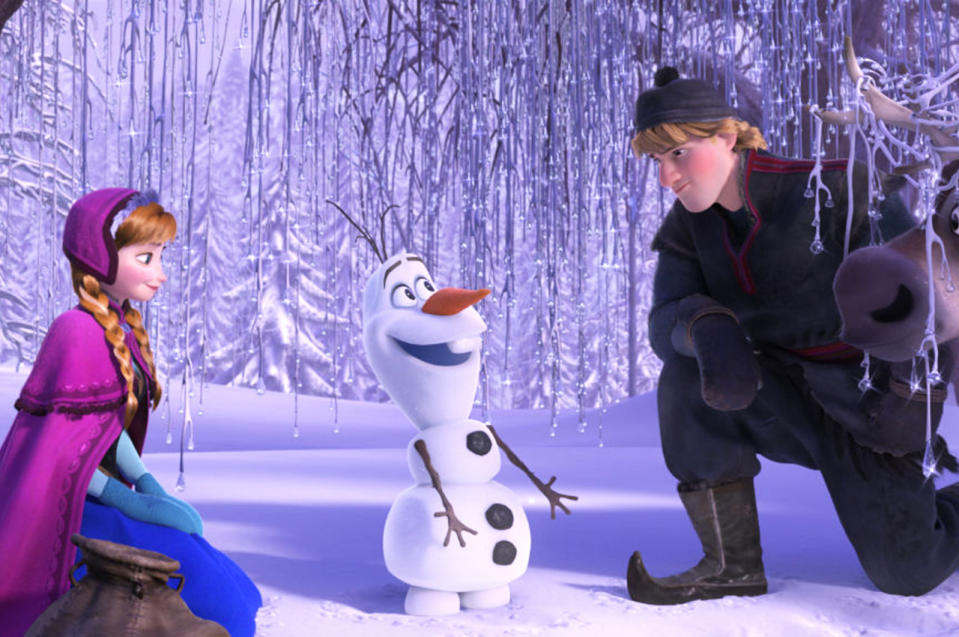
What’s it about? Two royal sisters, one of whom has a terrible secret: the ability to control ice and frost. Will the townspeople accept her, as different as she is?
What’s it really about? Being gay.
What, really? This one will come as no surprise if you’ve seen the groundswell of support for the hashtag #GiveElsaAGirlfriend: there is more than enough evidence to suggest that Queen Elsa is gay. For example, she was living in fear, terrified her secret would come out and she would be rejected. The whole crux of the movie is about the fact that true love doesn’t have to mean the love between a man and a woman. There are already gay characters in the movie: shop owner Oaken has a husband and a family. And then there’s Elsa’s triumphant song 'Let It Go’, a tune that has been called “a coming out anthem” that’s all about being true to yourself no matter what others think.
'Coraline’ (2009)
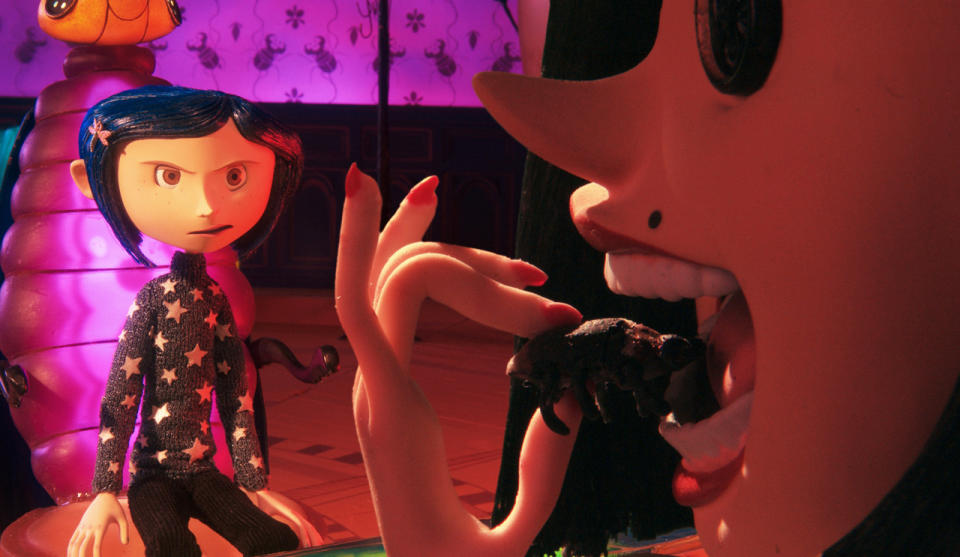
What’s it about? A curious young girl finds a secret door in her home that leads to an alternate version of her own life, where everything is warm and happy and nice… for a bit.
What’s it really about? Mind control and mental manipulation.
What, really? 'Coraline’ is a fantasy movie that follows in the traditions of stories like 'Alice In Wonderland’, whereby a young girl journeys to an alternate and magical universe. However, in the case of 'Coraline’, based on the book by Neil Gaiman, the motives behind this other world are entirely sinister. When Coraline goes to the other side, she finds that life there is perfect – except it’s all a ruse, and that her twisted 'Other Mother’ is so desperate to keep her there, she’s fabricated everything in order to appeal to her. The cooking. The garden shaped like her face. Coraline is made to be the centre of this universe, and everything is designed to disassociate her with reality. The Other Parents even call Coraline their “little doll” and play her like a puppet. It’s all very, very disturbing.
'Willy Wonka And The Chocolate Factory’ (1971)
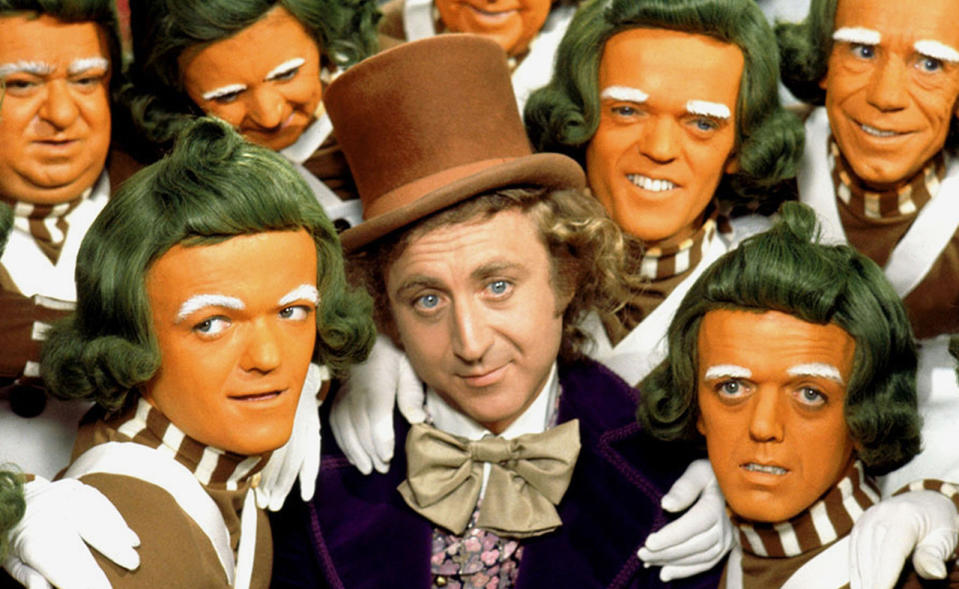
What’s it about? A little boy wins a spot on a tour of Willy Wonka’s magical chocolate factory, a world of pure imagination… but danger awaits.
What’s it really about? The seven deadly sins.
What, really? A most unconventional adventure story that sprang from the depths of Roald Dahl’s brilliantly twisted melon, it’s no surprise there’s more to Willy Wonka than meets the eye – there’s a bitter centre to this light and fluffy treat. Whether it was intentional or not is another debate, but Charlie and the children touring Wonka’s factory align with the seven deadly sins. Rich and privileged Violet Beauregarde represents Pride; spoiled brat Veruca Salt is Greed personified; tubby lard-boy Augustus Gloop obviously symbolises Gluttony; coach potato Mike Teavee is clearly Sloth; Charlie’s open-mouthed adoration of Wonka’s sweet treats can be read as Lust, Grandpa Joe has mild Envy of Wonka, and Wonka’s weird anger and aggression make perfect sense when you realise he’s the personification of Wrath, teaching everyone a lesson they’ll never forget.
'The Chronicles Of Narnia: The Lion, The Witch And The Wardrobe’ (2005)
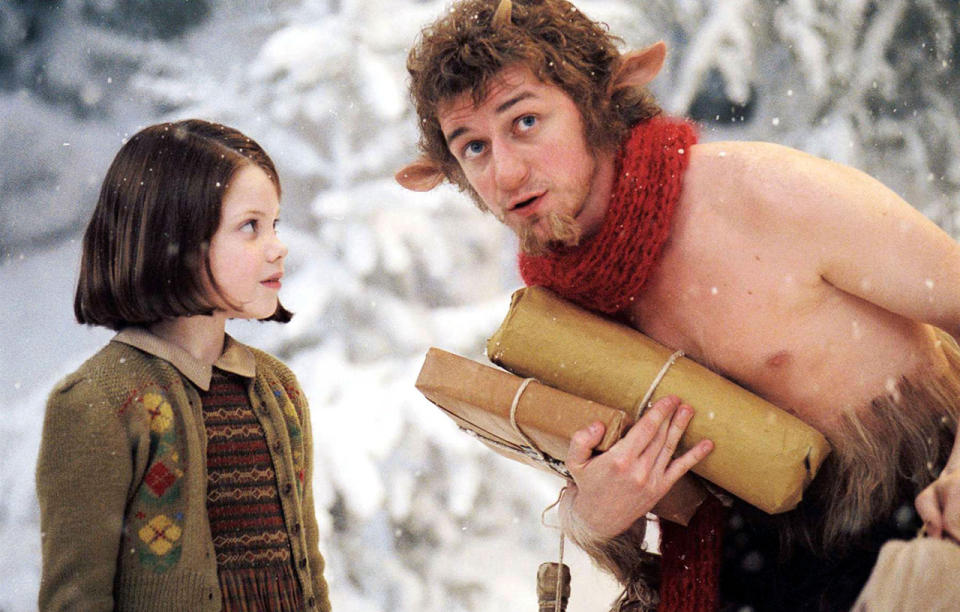
What’s it about? Four young children find a magical portal into another world called Narnia, where a magical lion recruits them to overthrow the White Witch.
What’s it really about? Jesus Christ.
What, really? This isn’t really a secret – the Christ metaphors are as clear as a summer’s day. Aslan is the rather obvious stand-in for the Son of God, and author C.S. Lewis was quite open that the Narnia stories were designed to be accessible ways for children to enjoy religion: he called them “an imaginative welcome”. Aslan’s story in 'The Lion, The Witch And The Wardrobe’ mirrors the incarnation, crucifixion and resurrection of Jesus, with easily-tempted Edmund acting as the Judas Iscariot of the story. It’s basically a Bible story, but with more fauns, more witches and way more annoying child actors.
The 'Star Wars’ trilogy (1977-1983)
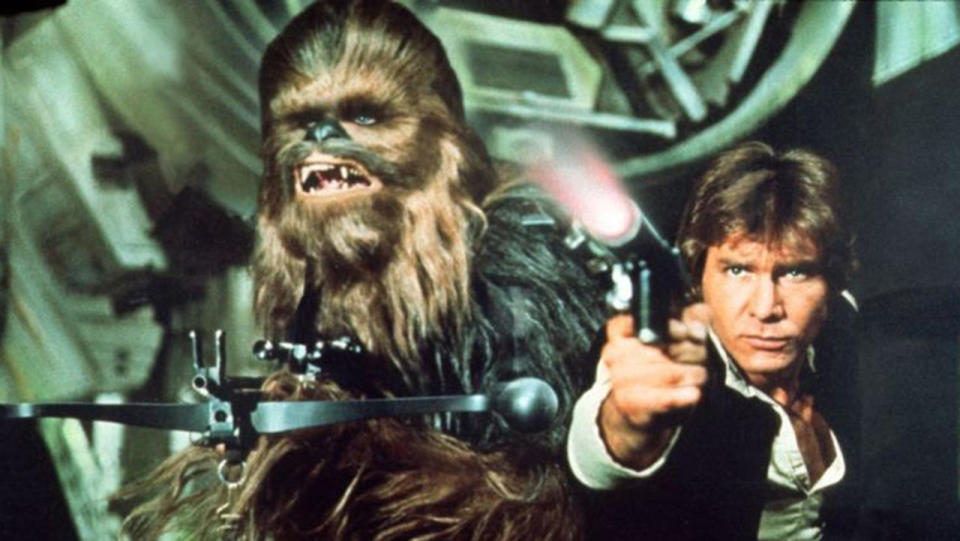
What’s it about? A humble farm boy fulfils the prophecy to bring balance to the Force and bring an end to the tyranny of the Dark Side.
What’s it really about? The Nazis.
What, really? George Lucas was fascinated with the idea of how such evil could be seated in power and wanted to answer the question “How do you turn over democracy to a tyrant with applause?” Albeit in a fun, sci-fi way. And so it was that Emperor Palpatine was the Hitler of the story (Lucas also cited Caesar and Napoleon as influences) and the evil Empire and the jackbooted Stormtroopers were inspired by the fascist army of Nazi Germany. Palpatine’s entire story arc in 'Revenge Of The Sith’ comes straight out of the Adolf Hitler playbook. Fittingly, when it came to making 'The Force Awakens’, JJ Abrams and his screenwriters used stories of SS officers escaping and regrouping in Argentina after World War II as a jumping off point for the creation of the First Order.
Read more:
TV Stars Who Hated Each Other On Set
10 TV Shows That Ended Marriages
10 Films With Subliminal Messages

 Yahoo Movies
Yahoo Movies 
